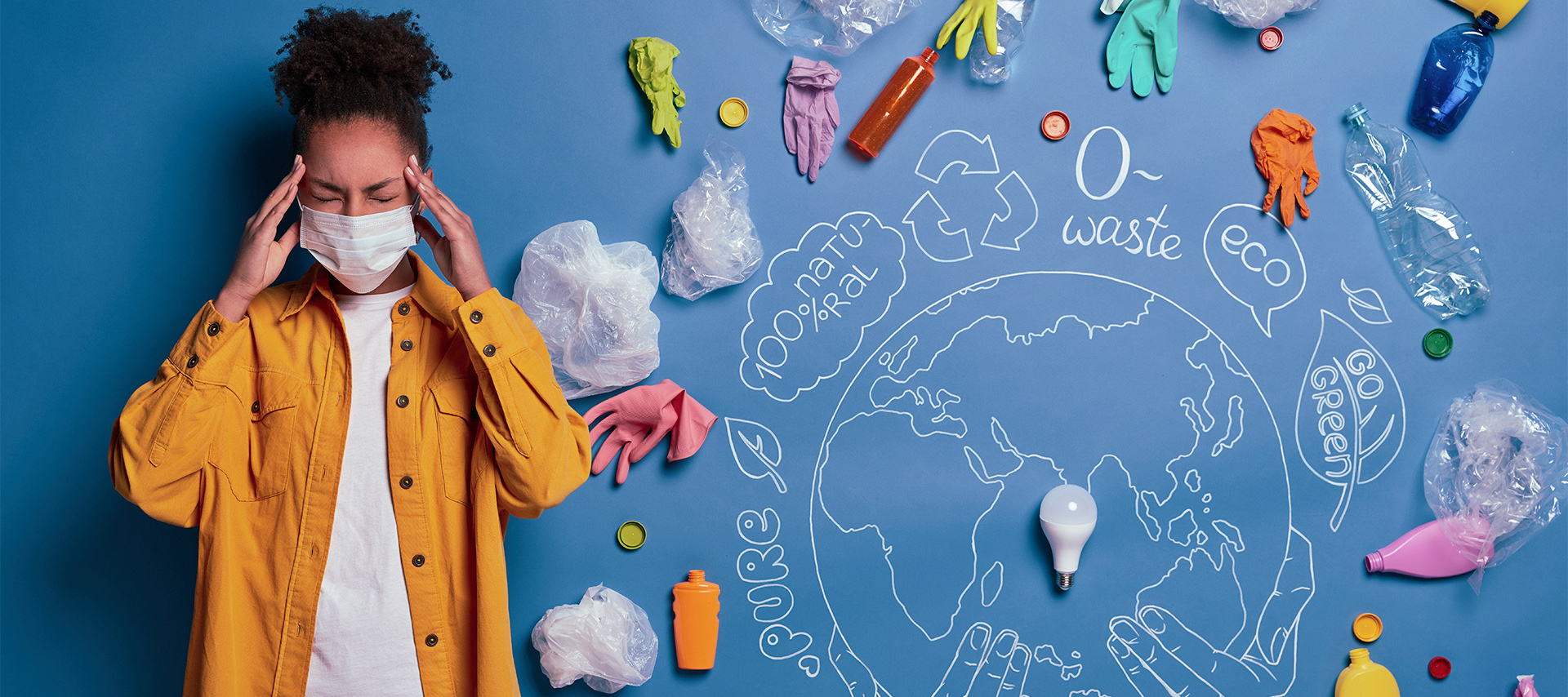Daily polluting items refer to commonly used products or activities that have a negative impact on the environment. These items often contribute to pollution, resource depletion, or waste generation.
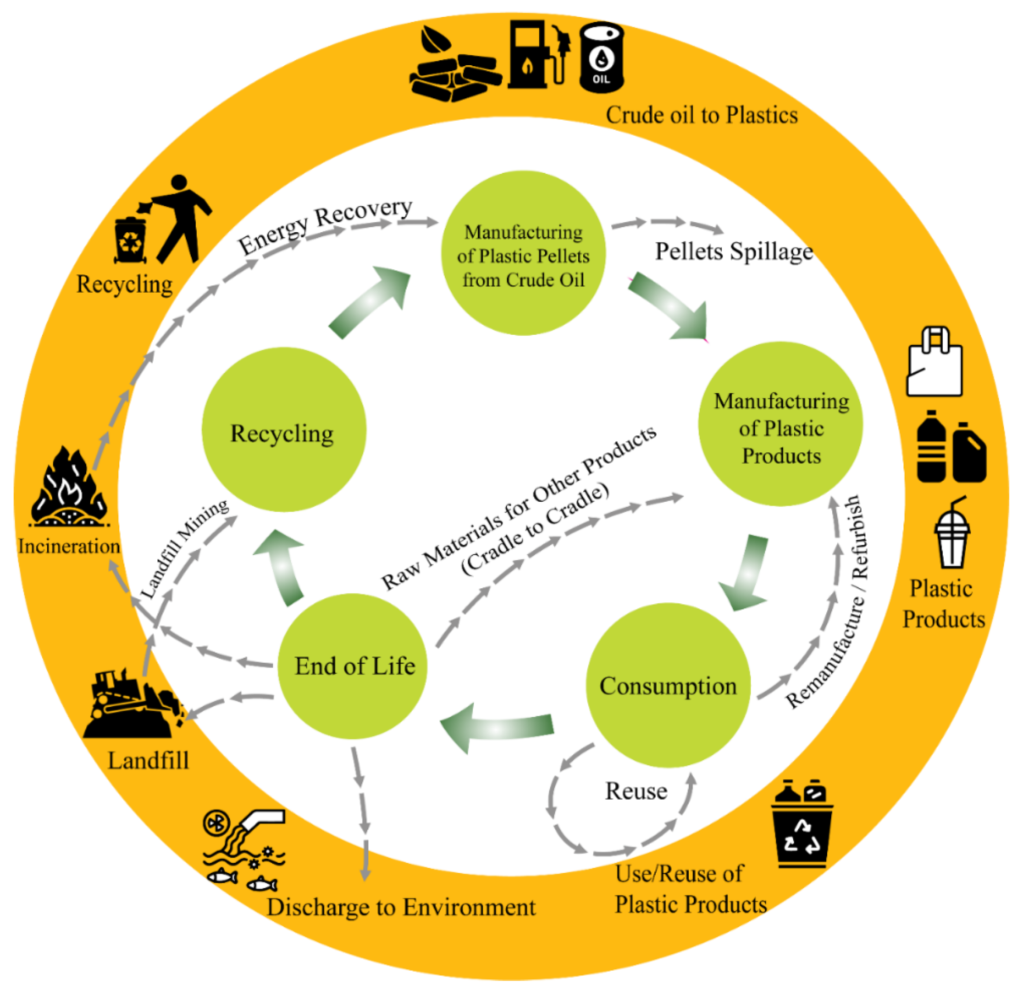
Examples:
- Single-Use Plastics:
- Items like plastic bags, disposable cutlery, straws, and water bottles are used once and discarded, contributing to plastic pollution in oceans and landfills.
- Disposable Wipes:
- Single-use wipes, including baby wipes, makeup wipes, and cleaning wipes, on the other hand, often contain synthetic materials that are not biodegradable, leading to environmental pollution.
- Fast Fashion:
- The fashion industry, known for its rapid production and consumption of low-quality clothing, however, contributes to environmental pollution through excessive water usage, chemical pollution, and textile waste.
- Disposable Diapers:
- Traditional disposable diapers contain plastic and contribute to landfill waste. The production and disposal of diapers also have environmental impacts.
- Styrofoam Food Containers:
- Styrofoam containers used for takeout food and beverages are not easily recyclable. These containers can persist in the environment for long periods.
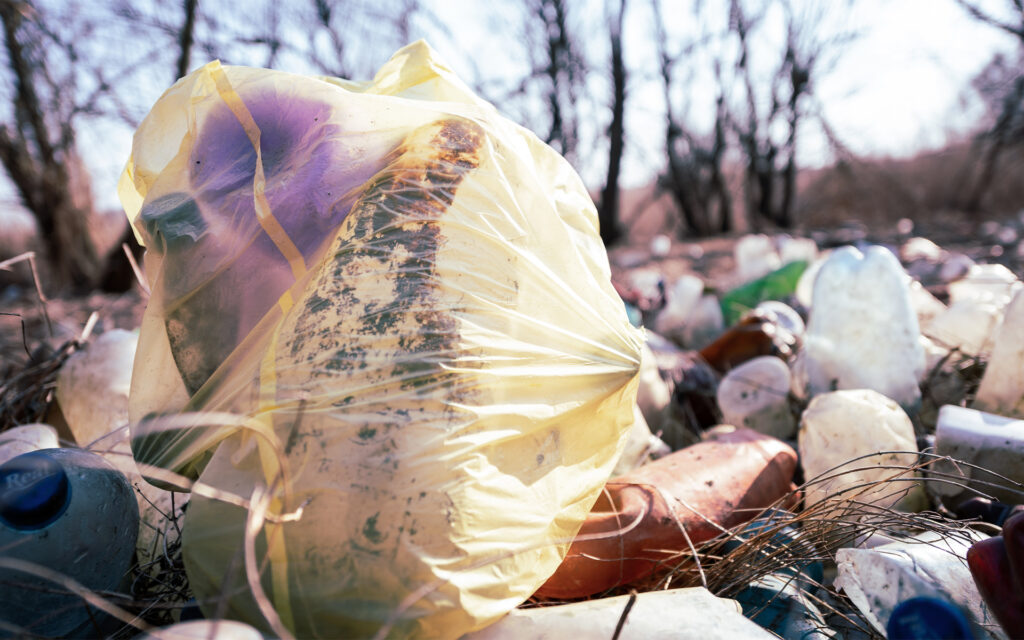
- Energy-Inefficient Appliances:
- Old or inefficient appliances, such as refrigerators, air conditioners, or light bulbs, consume more energy, contributing to higher greenhouse gas emissions and increased reliance on fossil fuels.
- Excessive Packaging:
- Over-packaging products with unnecessary plastic wrap, blister packs, and boxes lead to additional waste generation.
- Chemical Cleaning Products:
- Harsh household cleaning products often contain chemicals that can be harmful to aquatic ecosystems.
- Pesticides and Herbicides:
- Widespread use of chemical pesticides and herbicides in agriculture can contaminate soil, water sources, and harm beneficial organisms.
- Vehicle Emissions:
- Frequent use of personal vehicles, especially older ones, contributes to air pollution and greenhouse gas emissions.
Chemical Cleaning Products
Harsh household cleaning products often contain chemicals that can be harmful to aquatic ecosystems when washed down the drain. According to Science Focus, surfactants in cleaning products reduce water tension and allow other pollutants in water bodies to be absorbed more easily by plants and animals. Many other compounds can be toxic to wildlife or affect growth and reproduction, for instance by mimicking the effects of hormones in mammals and fish.
Chemical pesticides and herbicides used in agriculture can contaminate soil, water sources, and harm beneficial organisms. The US Geological Survey assesses the occurrence and behavior of pesticides in streams, lakes, and groundwater and the potential for pesticides to contaminate our drinking-water supplies or harm aquatic ecosystems.
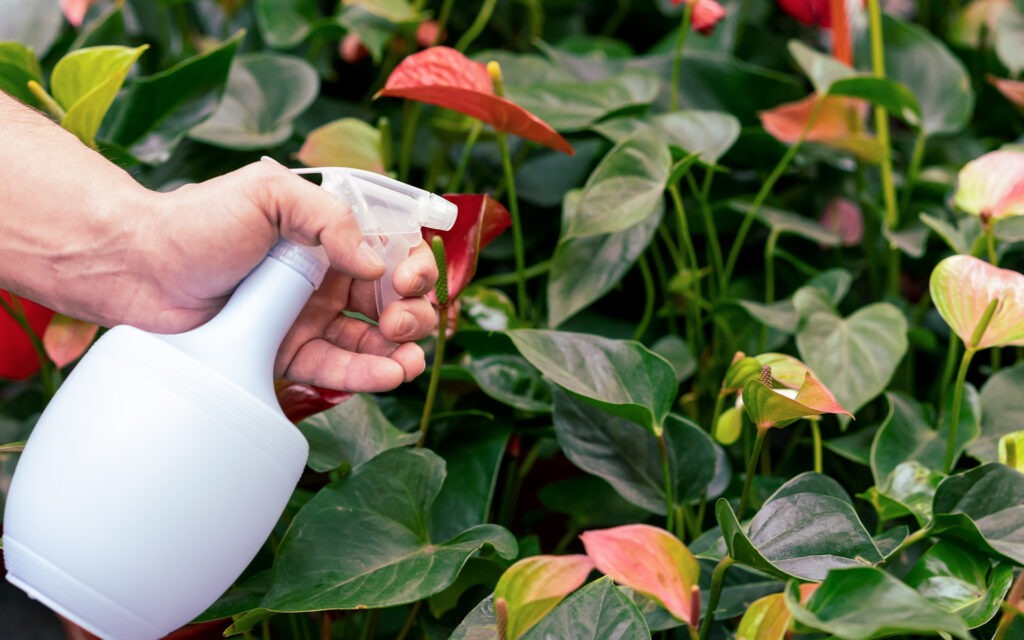
Furthermore, frequent use of personal vehicles, especially older ones, contributes to air pollution and greenhouse gas emissions. According to Britannica, human activities that generate domestic sewage and toxic waste cause water pollution by contaminating water with disease-causing microorganisms and poisonous substances. Oil spills are another source of water pollution that have devastating impacts on surrounding ecosystems.
Reducing the usage of these daily polluting items can have a positive impact on the environment. By opting for reusable alternatives, choosing eco-friendly products, practicing energy conservation, and making sustainable choices, individuals can contribute to reducing pollution and promoting a healthier planet.
Small changes that make the difference
Smal changes in the use of daily polluting items, such as opting for greener alternatives, can make a big difference.
- Coffee Cups vs Reusable Mugs: Disposable coffee cups, typically made of paper lined with plastic, contribute to waste and pollution. By switching to reusable mugs, you can significantly reduce the number of cups that end up in landfills. Reusable mugs are made to be durable and can be used repeatedly, eliminating the need for single-use cups. Even if the impact of an individual switching to a reusable mug seems small, when multiplied by the number of coffee drinkers globally, it can lead to a significant reduction in waste and resource consumption.
- Tea Bags Boxes vs Tea in a Reusable Tin: Tea bags are often packaged in individual sachets or boxes, resulting in packaging waste. Choosing loose-leaf tea and storing it in a reusable tin or container reduces the packaging waste generated. Loose-leaf tea can be brewed in reusable infusers or tea strainers, eliminating the need for disposable tea bags. While the amount of waste reduction from an individual may seem small, the cumulative effect of many people adopting this change can have a substantial impact on reducing packaging waste.
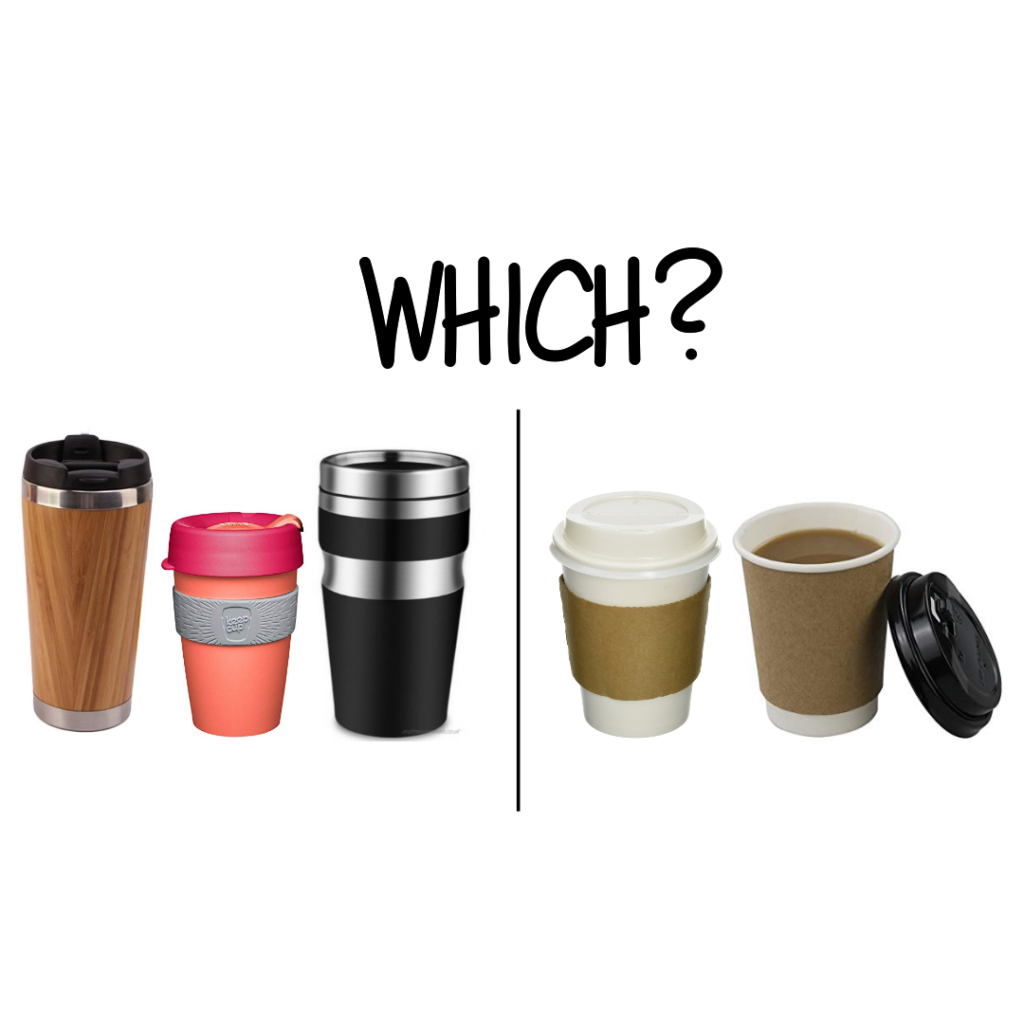
These examples highlight that even seemingly small changes in daily choices can collectively contribute to significant environmental benefits. When multiplied by the number of people who make similar choices, the positive impact grows exponentially.
By embracing greener alternatives in our daily lives, we can minimize waste generation, conserve resources, and promote a more sustainable future. Every small change counts, and together, these choices can make a substantial difference in reducing our ecological footprint and preserving the environment for future generations.


